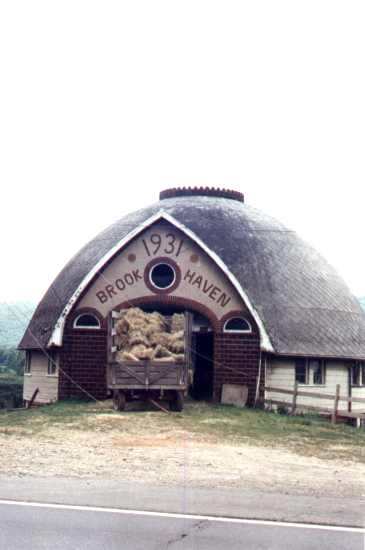|
LodgingRecreationShoppingSpecial EventsAbout UsHistorical |
Of Cows and Canoeists in Chenango County
|
|||||||||||||||
|
|
| In 1779, General James Clinton led a group of 1600 soldiers
the Susquehanna from Cooperstown to near Binghamton NY to rid
the area of Indians, most of whom had already left. The group
came upon a burned out village just south of Bainbridge near Afton. A journal entry of one of the soldiers describes what they
found: " [We] proceeded on to Conihunto a small Indian Town that was, but was destroyed by our detachment last fall...A little below this town there is three or four islands in the River where the Indians raised their corn. On one of those islands our troops encamped with the boats & cattle...there were apples plenty at this place." |
|
|
|
| Gail Borden, a native of Norwich, developed the
vacuum process to
condense mild and there were ornate Borden's condenseries in
almost every town in the county by the mid-20th century. |
|
... The PleasanceThe forested hills of the county today seem to show that the country is wild and as untouched as it has ever been. Closer inspection, though, shows hillsides with home foundations hidden beneath the rows of planted evergreens. When the county was first settled, pioneers cleared most of the hills for farms. Many of the farms, however, were established on poor quality soil and the farms failed. In the 1930's, a lot of the abandoned farmland was replanted with trees by the CCC so the hills which appear carpeted with trees were established with a plan. |
|
|
Sunset Picture and Farm Picture by Al
Costanza. |
... The ProjectThe history of communities like Bainbridge and others were recorded in a pictorial history book of Chenango County published
for the county's Bicentennial in 1998. Bainbridge author Shelly McFee
is collecting history photos, memorabilia and recollections. If anyone has something they think might be of
interest, they can contact her in the following fashion: |
|
| ©Copyright 1997-2025 ChenangoCounty.org. All Rights Reserved Designed, hosted and maintained by WoollybearWeb |




